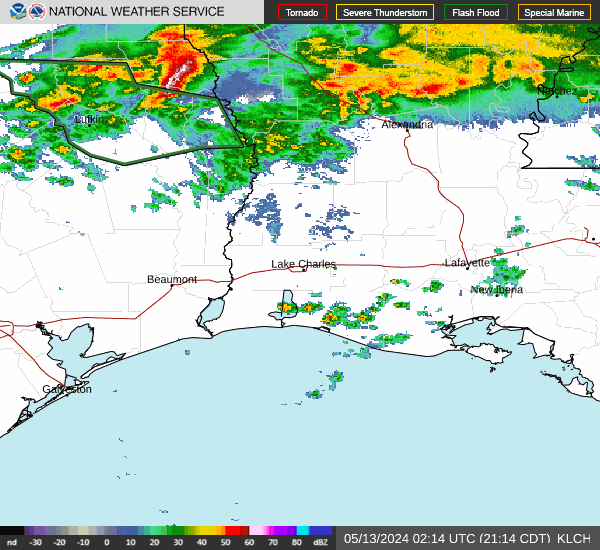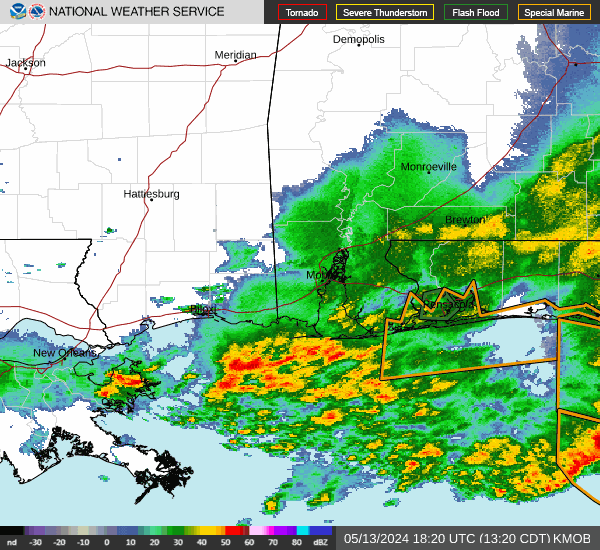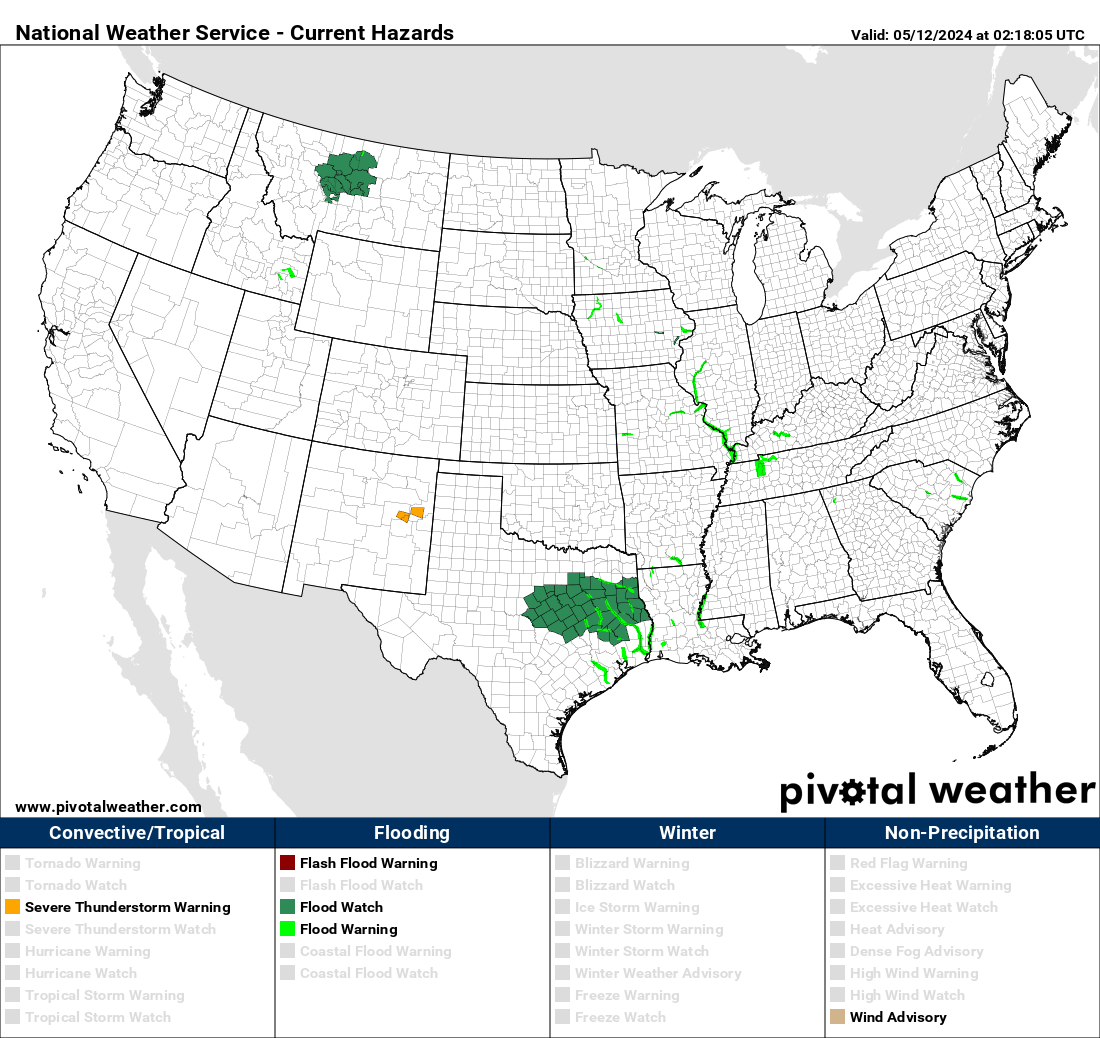Post by storm on Jan 2, 2009 22:54:45 GMT -6
"Little Ice Age"? Lack of sunspots may reveal the near future.
As we've noted, 2008 has been a year of records for cold and snowfall and may indeed be the coldest year of the 21st century thus far. In the U.S., the National Oceanic and Atmospheric Administration registered 63 local snowfall records and 115 lowest-ever temperatures for the month of October.
Global thermometers stopped rising after 1998, and have plummeted in the last two years by more than 0.5 degrees Celsius. The 2007-2008 temperature drop was not predicted by global climate models. But it was predictable by a decline in sunspot activity since 2000.
When the sun is active, it's not uncommon to see sunspot numbers of 100 or more in a single month. Every 11 years, activity slows, and numbers briefly drop near zero. Normally sunspots return very quickly, as a new cycle begins. But this year, the start of a new cycle, the sun has been eerily quiet.
The first seven months averaged a sunspot count of only three and in August there were no sunspots at all — zero — something that has not occurred since 1913.
According to the publication Daily Tech, in the past 1,000 years, three previous such events — what are called the Dalton, Maunder and Sporer Minimums — have all led to rapid cooling. One was large enough to be called the Little Ice Age (1500-1750).
The Little Ice Age has been a problem for global warmers because it serves as a reminder of how the earth warms and cools naturally over time. It had to be ignored in the calculations that produced the infamous and since-discredited hockey stick graph that showed a sharp rise in warming alleged to be caused by man.
As we've noted, 2008 has been a year of records for cold and snowfall and may indeed be the coldest year of the 21st century thus far. In the U.S., the National Oceanic and Atmospheric Administration registered 63 local snowfall records and 115 lowest-ever temperatures for the month of October.
Global thermometers stopped rising after 1998, and have plummeted in the last two years by more than 0.5 degrees Celsius. The 2007-2008 temperature drop was not predicted by global climate models. But it was predictable by a decline in sunspot activity since 2000.
When the sun is active, it's not uncommon to see sunspot numbers of 100 or more in a single month. Every 11 years, activity slows, and numbers briefly drop near zero. Normally sunspots return very quickly, as a new cycle begins. But this year, the start of a new cycle, the sun has been eerily quiet.
The first seven months averaged a sunspot count of only three and in August there were no sunspots at all — zero — something that has not occurred since 1913.
According to the publication Daily Tech, in the past 1,000 years, three previous such events — what are called the Dalton, Maunder and Sporer Minimums — have all led to rapid cooling. One was large enough to be called the Little Ice Age (1500-1750).
The Little Ice Age has been a problem for global warmers because it serves as a reminder of how the earth warms and cools naturally over time. It had to be ignored in the calculations that produced the infamous and since-discredited hockey stick graph that showed a sharp rise in warming alleged to be caused by man.








 But it would make an interesting theory to explain today's supposed Global Warming... that the atmosphere is just getting back to normal..
But it would make an interesting theory to explain today's supposed Global Warming... that the atmosphere is just getting back to normal.. 









